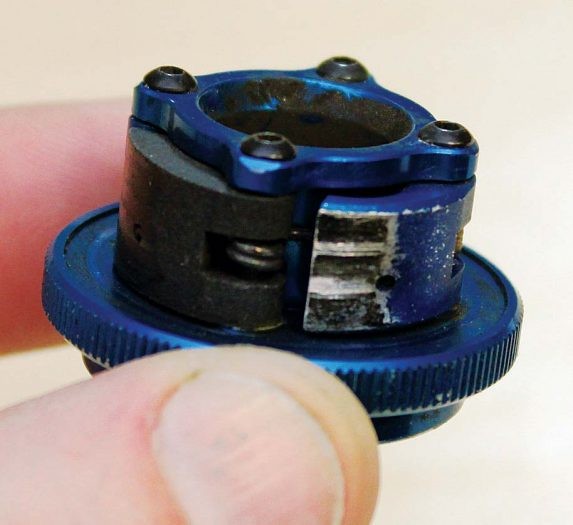Clutch tuning is often overlooked when it comes to optimizing the performance of 1/8 scale RC buggies and trucks. However, a properly tuned clutch can significantly impact acceleration, top speed, and overall drivability. This guide provides a step-by-step approach to clutch maintenance and tuning for optimal performance.
Clutch Maintenance: Ensuring Optimal Performance
Before delving into tuning, proper clutch maintenance is crucial. This involves inspecting and maintaining key components:
Clutch Bell Inspection and Maintenance
- Inspect Clutch Bell Teeth: Examine the clutch bell teeth for wear, damage, or missing teeth. Replace the bell if necessary, ensuring the replacement has the same tooth count to maintain the gear ratio.
- Inspect Clutch Bell Bearings: Remove and inspect the inner and outer clutch bell bearings. They should spin freely and smoothly. Replace any bearings that feel gritty or notchy.
Clutch Shoe and Spring Inspection
-
Inspect Clutch Shoes: Examine the clutch shoes (aluminum or carbon) for wear. Carbon shoes tend to wear faster than aluminum. Replace worn shoes promptly.
-
Inspect Clutch Springs: Ensure the springs hold the shoes in a rounded pattern when the engine is off. Replace springs if the shoes stick out or don’t return to their neutral position. Worn springs can significantly impact clutch engagement.
Clutch Tuning: Fine-Tuning for Performance
After ensuring proper maintenance, you can fine-tune your clutch for specific track conditions and driving styles:
Clutch Shoe Material Selection
-
Carbon Shoes: Offer smoother engagement and less initial punch, ideal for slick tracks where controlled acceleration is crucial.
-
Aluminum Shoes: Provide more aggressive engagement and greater initial torque, suitable for high-traction surfaces requiring instant power.
Clutch Spring Rate Selection
-
Lighter Springs (Lower Numerical Value): Engage at lower RPMs, providing smooth acceleration for slick track conditions.
-
Heavier Springs (Higher Numerical Value): Engage at higher RPMs, delivering more aggressive acceleration and increased torque for high-traction tracks. Most drivers use springs in the .9 – 1.1 range.
Clutch Shoe Orientation
-
Trailing Shoes (Opposite Crankshaft Rotation): Provide smooth clutch engagement, suitable for most track conditions. This is the most common setup.
-
Leading Shoes (Same as Crankshaft Rotation): Deliver more aggressive engagement, beneficial for extremely high-traction surfaces.
Final Clutch Assembly and Adjustments
- Clutch Bell Shimming: Before tightening the clutch bell, add or remove shims until it’s slightly below the crankshaft’s end. This ensures proper play and prevents overheating.
- Initial Break-In: After assembly, new bearings might cause slippage. Briefly run the car and then hold it at half throttle off the ground, pushing it down for a few seconds to burn off excess grease.
By understanding these clutch tuning principles and performing regular maintenance, you can significantly enhance the performance and drivability of your RC car. Remember to experiment with different settings to find the optimal configuration for your specific needs and track conditions.

